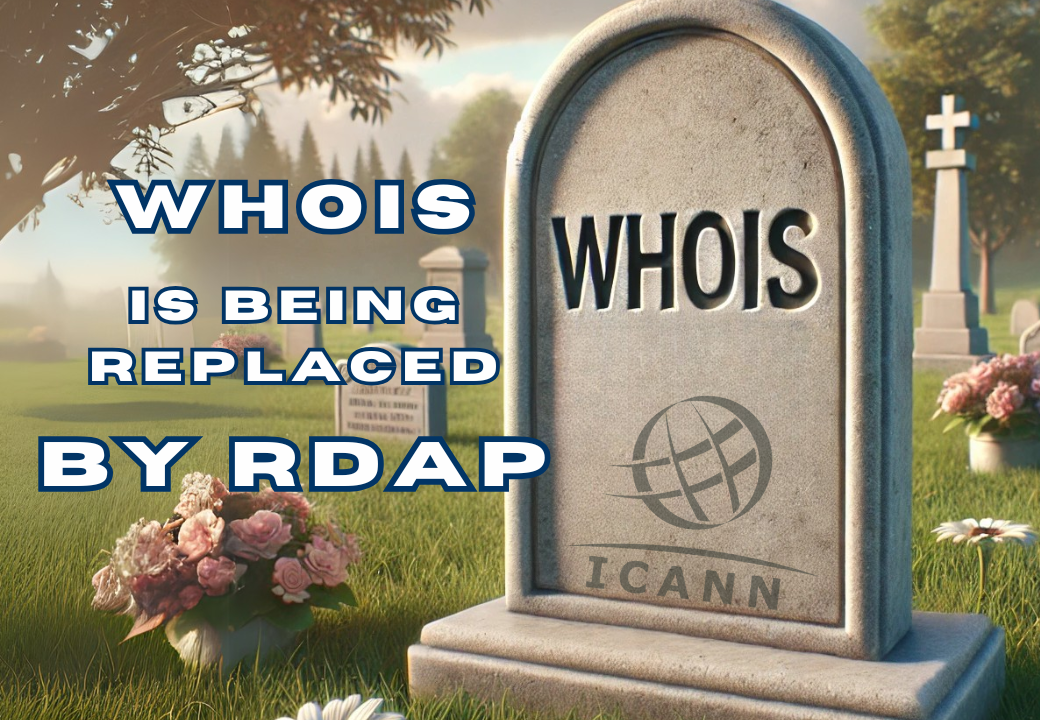The long-standing WHOIS system for looking up domain name registration details is coming to an end. Starting January 28, 2025, ICANN will officially replace WHOIS with the Registration Data Access Protocol (RDAP). But don’t worry—this change isn’t happening overnight, and most users won’t notice any immediate disruptions.
RDAP is a modern alternative to WHOIS that offers several improvements:
- better security: it provides more controlled access to domain registration data.
- international support: unlike WHOIS, RDAP supports multiple languages and character sets.
- structured data: it delivers information in a standardized format, making it easier to process.
- more control over data: RDAP allows differentiated access, meaning some users (like law enforcement) may see more details than the general public.
ICANN-accredited registrars and gTLDs have already supported RDAP since 2019, so the transition has been in the works for a while.
What this means
For the average user, the change from WHOIS to RDAP won’t make much difference. You’ll still be able to look up domain registration information through ICANN’s RDAP-based Lookup Service at lookup.icann.org. Many registrars may also continue to provide WHOIS access for some time, even though they are no longer required to do so.
For domain registrars, this transition means adapting their systems to fully support RDAP while ensuring backward compatibility for existing services that still rely on WHOIS. They must also provide secure and structured access to registration data, comply with ICANN’s new protocols, and manage differentiated access levels for various users.
End users, particularly business owners and cybersecurity professionals, may experience minor changes in how they retrieve domain data. Those needing access to non-public domain data (e.g., for cybersecurity, legal, or law enforcement purposes) can use ICANN’s Registration Data Request Service (RDRS) for participating registrars. Otherwise, they must contact the domain’s registrar directly to request any hidden details. While RDAP brings added security and efficiency, users accustomed to WHOIS may need some time to adjust to the new system.
Will WHOIS completely disappear?
Technically, registrars and registries can turn off WHOIS now. However, because many systems still rely on WHOIS data, it is likely that some registrars will continue supporting it for a while. Over time, though, RDAP will fully replace WHOIS.
The transition to RDAP is a positive step toward a more secure and modern way of handling domain registration data. While it may take time for everyone to adjust, the process is being managed carefully to avoid disruption. If you regularly use WHOIS for domain lookups, now is a good time to start getting familiar with RDAP!
Kamil Kołosowski
Author of this post.
